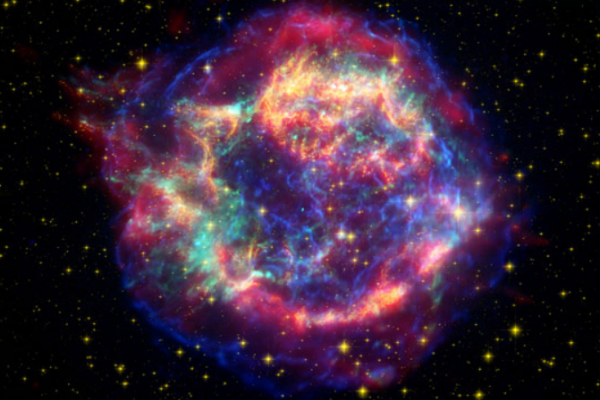
Speaker: Dr Sanjana Curtis (Amsterdam)- zoom link: https://osu.zoom.us/j/96209154804?pwd=d1lWZnRueGVVa2tabUZTak4xSkpaQT09
Password: CCAPP-2021
Abstract: Core-collapse supernovae are spectacular explosions that mark the deaths of massive stars. The light from a core-collapse supernova can provide valuable clues about the progenitor star, stellar evolution, the explosion mechanism, nucleosynthesis, and the formation of neutron stars and black holes. However, interpreting electromagnetic observations correctly is a formidable challenge, one that requires detailed and accurate computational modeling. In this talk, I will present light curves and spectra for a suite of 62supernova models and show how the light curve morphology relates to the stellar radius and hydrogen envelope mass. I will also describe the first-of-its-kind pipeline I developed, starting from a massive progenitor, through a neutrino-driven explosion in spherical symmetry, to electromagnetic observables. This work opens the door to more detailed analyses of the collective properties of core-collapse supernovae.
